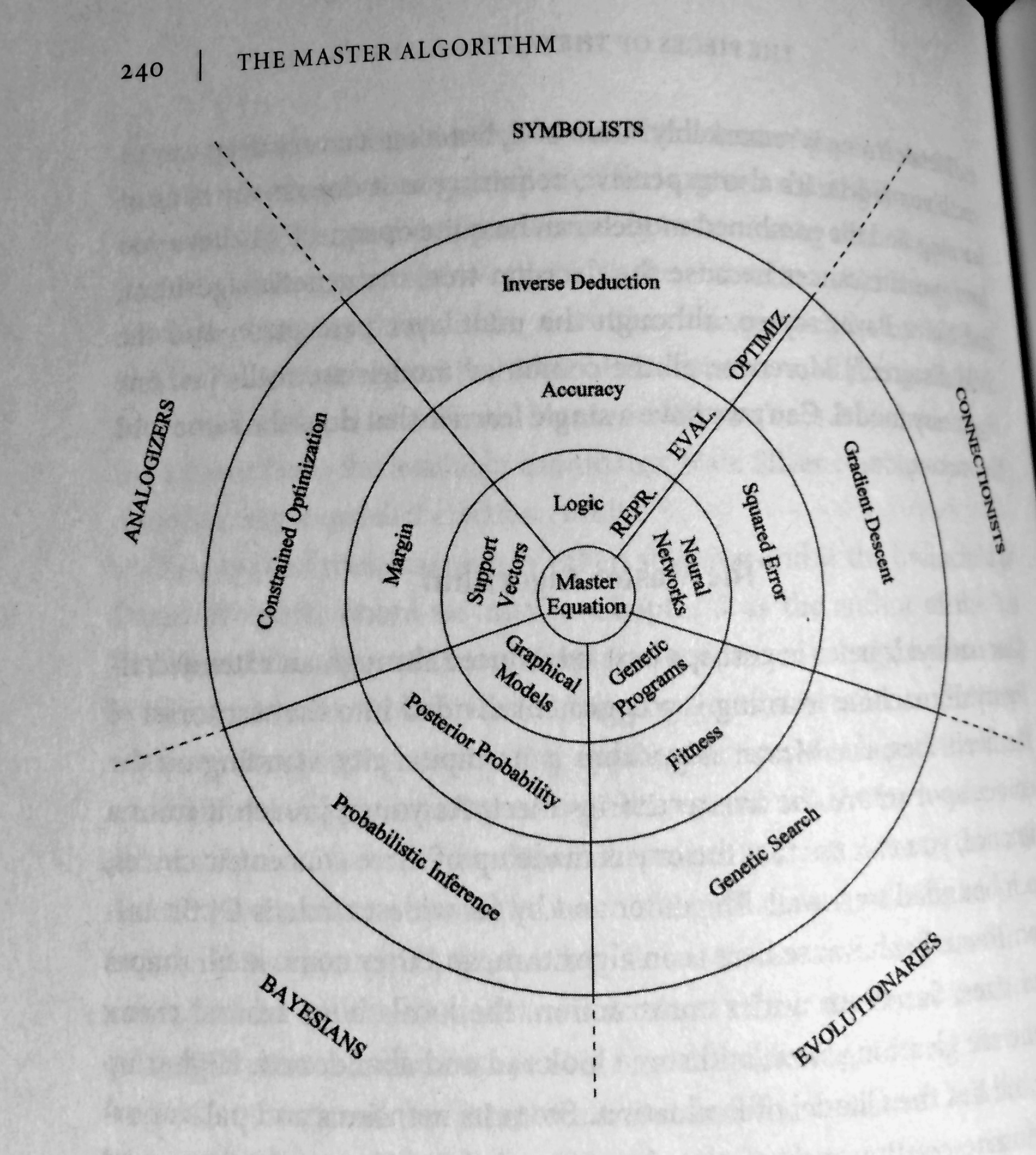Index
Machine Learning FAQ
What are the broad categories of classifiers?
A (broad) categorization could be “discriminative” vs. “generative” classifiers:
Discriminative algorithms:
- a direct mapping of x -> y
- intuition: “Distinguishing between people who are speaking different languages without actually learning the language”
- e.g., Logistic regression, SVMs, Neural networks, …
Generative algorithms:
- model how the data was generated (joint probability distributions p(x, y))
- e.g., naive Bayes, Bayesian belief networks, Restricted Boltzmann machines
Or, we could categorize classifiers as “lazy” vs. “eager” learners:
Lazy learners:
- don’t “learn” a decision rule (or function)
- no learning step involved but require to keep training data around
- e.g., K-nearest neighbor classifiers
A third possibility could be “parametric” vs. “non-parametric”
(in context of machine learning; the field of statistics interprets use terms a little bit differently.)
non-parametric:
- representations grow with the training data size
- e.g., Decision trees, K-nearest neighbors
parametric:
- representations are “fixed”
- e.g., most linear classifiers like logistic regression etc.
Pedro Domingo’s 5 Tribes of Machine Learning
In his new book (The Master Algorithm), Pedro Domingo’s mentioned the 5 tribes of machine learning, which is another nice categorization. Summarizing from the book (pp. 51-53)
Symbolists
- manipulating symbols (like mathematicians replace expressions by expressions), or in other words, using pre-existing knowledge to fill in the missing pieces
- “master algorithm:” inverse deduction
Connectionists
- reverse-engineering a biological brain, i.e., strengthening the connections between neurons
- “master algorithm:” backpropagation
Evolutionaries
- whereas connectionism is about fine-tuning the brain, evolution is about creating the brain
- “master algorithm:” genetic programming
Bayesians
- based on probabilistic inference, i.e., incorporating a priori knowledge: certain outcomes are more likely
- “master algorithm:” Bayes’ theorem and its derivatives
Analogizers
- generalizing from similarity, i.e., recognizing similarities or in other words: remember experiences (training data) and how to combine them to make new predictions
- “master algorithm:” support vector machine

If you like this content and you are looking for similar, more polished Q & A’s, check out my new book Machine Learning Q and AI.